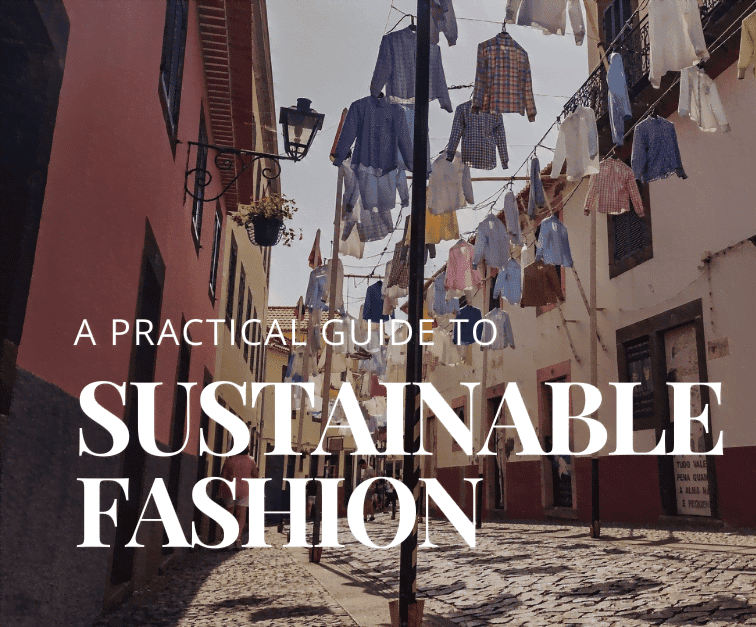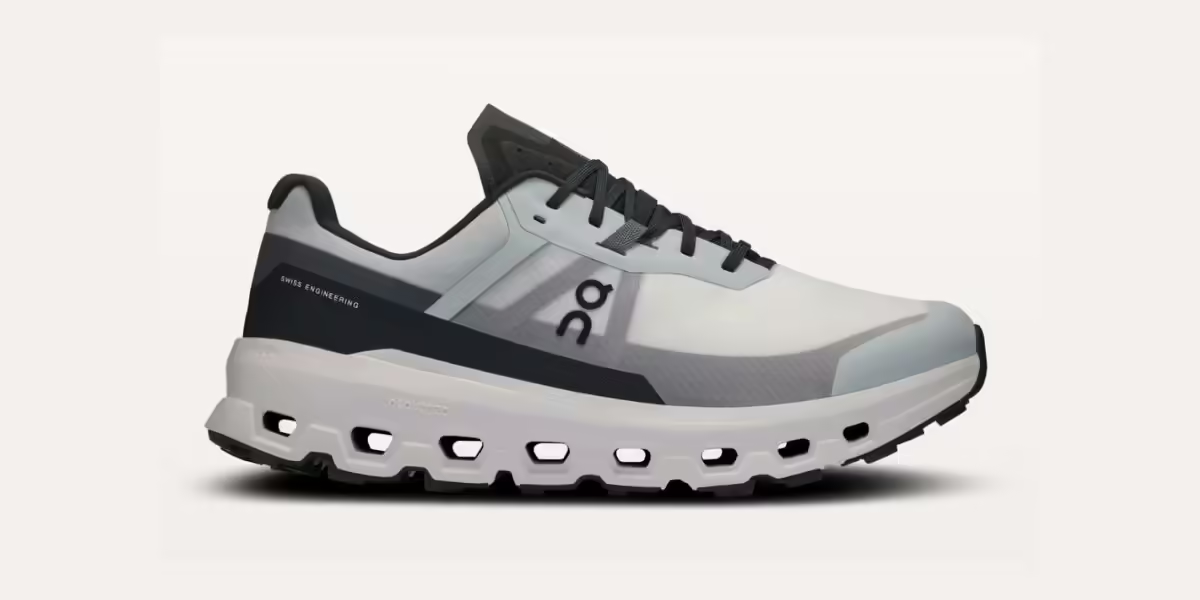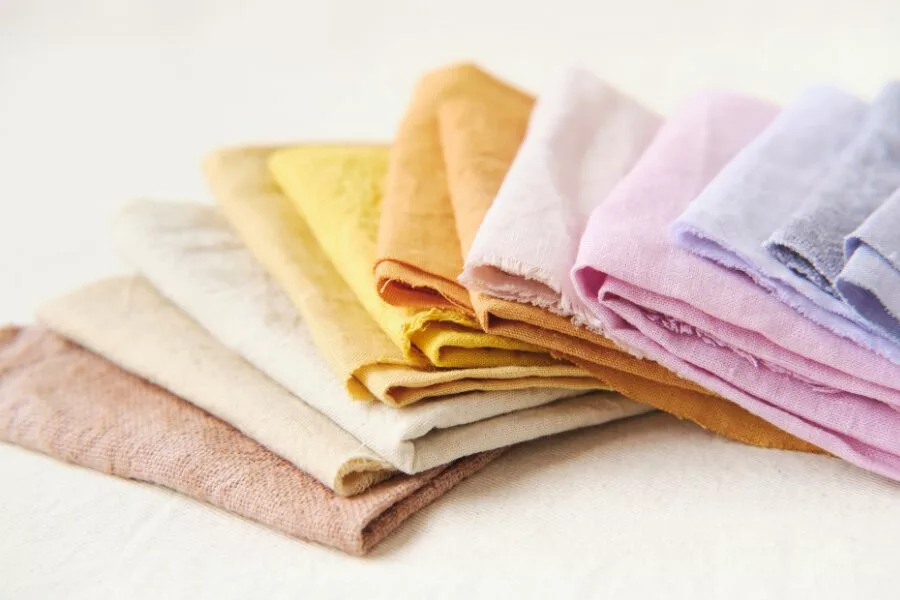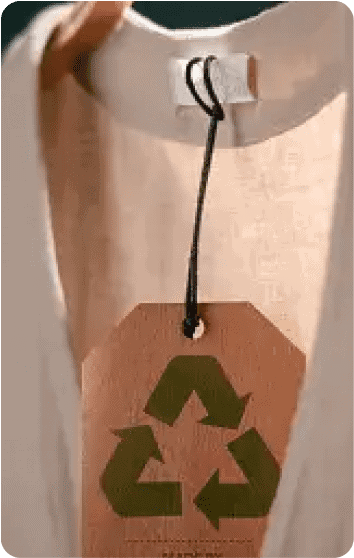Last Updated on October 7, 2024 by Shavy Jain
Are your leggings as ethical as your lifestyle? In an age where consumers increasingly care about the impact of their purchases, the fashion industry faces scrutiny like never before. Enter Sweaty Betty—a brand that has positioned itself at the intersection of fitness and fashion, claiming to empower women with stylish, functional activewear.
Founded in the UK in the late 1990s, Sweaty Betty clothing quickly gained popularity for its vibrant colors and flattering fits, appealing to those who want to look good while working out.
Unlock Your Savings with Exclusive Offer Coupons
Save big while shopping for sustainable products! Grab your exclusive coupons today!

But the question remains: how well does Sweaty Betty perform on the sustainability scale? And how ethical is Sweaty Betty? As eco-conscious shoppers, we have the power to influence change. It’s time to dig deep into Sweaty Betty’s practices, uncovering both their commendable efforts and areas needing improvement.
Let’s explore the brand’s commitment to sustainability and labor practices, guiding you to make informed choices about your activewear.
Sweaty Betty’s Sustainability Journey

Sweaty Betty is making significant strides with its commitment to sustainable materials. Over 91% of its swimwear is made from ECONYL®, a regenerated nylon made from discarded fishing nets and other plastic waste. This innovative approach not only reduces waste in our oceans but also gives new life to materials that would otherwise contribute to environmental degradation. By integrating recycled materials into their products, Sweaty Betty London is demonstrating that eco-friendly fashion doesn’t have to compromise style or performance.
But what does this really mean for the environment? When we consider the millions of tons of plastic that end up in our oceans every year, it’s clear that brands must take action to combat this crisis. By using ECONYL®, Sweaty Betty helps to reduce the demand for virgin nylon production, which is a resource-intensive process. This shift not only decreases pollution but also promotes a healthier planet for future generations.
Their bestselling Super Sculpt Sustainable Yoga Leggings serve as a prime example of this commitment. Each pair is made from 17 recycled plastic bottles, transforming waste into high-quality, stylish activewear. This impressive initiative not only helps reduce the environmental impact of plastic waste but also resonates with consumers who seek to support brands that prioritize sustainability. Imagine the impact if every activewear brand followed suit! Sweaty Betty is setting a precedent that could inspire others to rethink their material choices and production processes.

Additionally, Sweaty Betty’s in-store recycling program has diverted over 10,000 pairs of leggings from landfills. This program encourages customers to return their worn-out items, promoting a circular economy where products are reused and repurposed rather than discarded. When customers participate, they not only extend the life cycle of their garments but also contribute to a broader movement towards sustainability.
This initiative aligns with the principles of reduce, reuse, and recycle. By reintroducing worn items back into the supply chain, Sweaty Betty is taking active steps to minimize waste and reduce the demand for new resources. It’s an encouraging sign in an industry often criticized for its throwaway culture. Sweaty Betty’s efforts to promote sustainability through recycling and upcycling initiatives show that they are serious about reducing their environmental footprint.
But sustainability at Sweaty Betty online doesn’t stop with materials and recycling. The brand is also focused on ethical production practices, aiming to create clothing that not only looks good but feels good to wear, knowing it’s made with care for the planet and its people. Their commitment to sustainable practices reflects a growing awareness of the urgent need for change in the fashion industry.
As consumers become increasingly conscious of their purchasing decisions, Sweaty Betty’s proactive stance on sustainability is commendable. They are not just following trends; they are shaping them. By prioritizing eco-friendly materials and circular practices, Sweaty Betty UK is paving the way for a more responsible approach to fashion. Their journey toward sustainability is inspiring, reminding us all that every small step counts in the fight for a healthier planet.
Sweaty Betty’s Promises for the Future

The brand doesn’t stop at this. Sweaty Betty has set ambitious goals to eliminate single-use plastics by 2025. This pledge reflects a growing awareness of the plastic crisis and its detrimental impact on the planet. By committing to sustainable packaging and production methods, Sweaty Betty is taking proactive steps toward minimizing its ecological footprint. However, will they deliver on these promises? It’s essential for consumers to hold brands accountable and demand transparency about their progress.
While these commitments are promising, we must ask ourselves: will Sweaty Betty sustainability be able to follow through? As consumers, we have a role to play in encouraging brands to keep their promises. The fashion industry is notorious for making bold claims without providing concrete evidence. It’s crucial to monitor Sweaty Betty’s journey and evaluate whether they can meet their sustainability goals.
Labor Practices: A Deeper Dive
As consumers, we should advocate for transparency and hold brands accountable for their choices regarding animal-derived materials. A commitment to animal welfare is not just about avoiding specific materials; it’s about creating a holistic approach to ethical sourcing. Sweaty Betty has the opportunity to lead the charge in promoting ethical fashion, but it must take a hard look at its practices and make meaningful changes.
Here’s how Sweaty Betty lands on various environmental and labor measures:
The Gender Pay Gap

Now, let’s talk about a significant issue: the gender pay gap. Despite its empowering mission, Sweaty Betty UK has come under scrutiny for having one of the largest gender pay disparities in the UK. According to reports, women at the company earn only 46.2p for every pound made by their male counterparts. This staggering gap raises serious questions about the brand’s commitment to equity and fair treatment for all employees.
The gender pay gap is not just a statistic; it’s a reflection of the broader systemic issues that persist in many workplaces. Sweaty Betty’s failure to address this disparity raises concerns about how seriously they take their mission of empowering women. It’s essential for brands to create a culture of equality, where everyone—regardless of gender—has equal opportunities for advancement and fair compensation.
Supply Chain Transparency

And what about the workers who produce our beloved activewear? There’s little transparency regarding whether these workers earn a living wage. Sweaty Betty has not provided sufficient evidence to demonstrate that it prioritizes fair labor practices within its supply chain. This lack of clarity is concerning, especially considering that many fashion brands have been criticized for exploiting workers in developing countries.
As conscious consumers, we must ask: How are the people behind the products treated? Are they receiving fair wages and working in safe conditions? It’s crucial for brands to be transparent about their labor practices and take responsibility for the entire supply chain. By prioritizing worker rights and well-being, companies can contribute to a more just and ethical fashion industry.
Animal Welfare: Room for Improvement
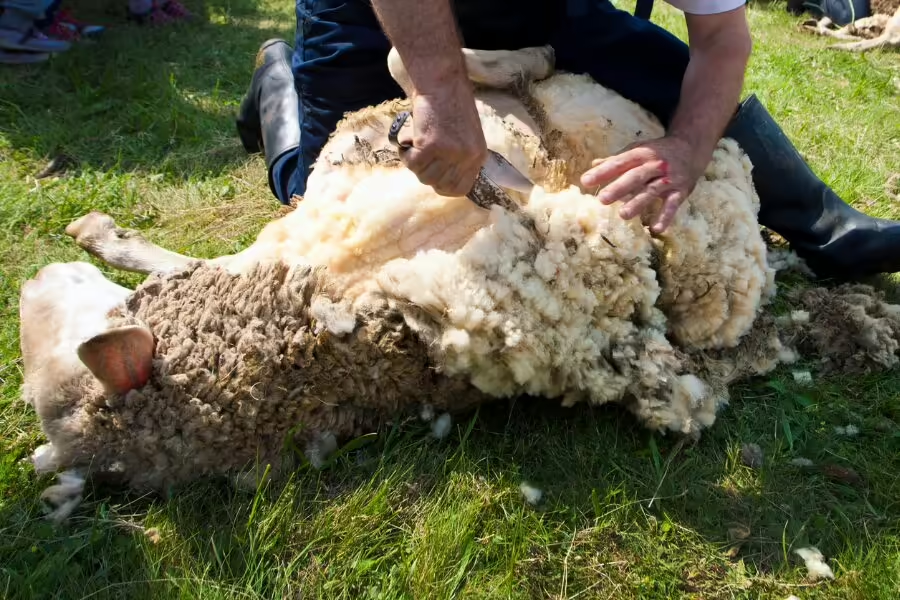
While Sweaty Betty does a commendable job of avoiding leather, fur, and exotic skins, there are still areas that need attention. In an era where animal welfare is gaining traction, brands must go beyond simply avoiding the most notorious materials. Consumers are increasingly concerned about the ethical implications of the products they buy, and they expect brands to demonstrate a commitment to animal welfare.
What they still use:
They continue to use wool, including mulesed merino wool—a practice that raises animal welfare concerns. Mulesing is a controversial practice where strips of skin are removed from the backs of sheep to prevent flystrike. This practice has drawn criticism from animal rights activists, and many brands have opted to phase out the use of mulesed wool in favor of more humane alternatives.
For a brand that promotes empowerment and sustainability, this is an area that demands scrutiny. It’s crucial for Sweaty Betty online to evaluate their sourcing practices and take steps toward more ethical options. As consumers, we should advocate for transparency and hold brands accountable for their choices regarding animal-derived materials.
Ecowiser’s Verdict: Is Sweaty Betty Ethical?

So, how ethical is Sweaty Betty, really? While the brand has made notable progress in using recycled materials and setting sustainability goals, it still has a long way to go in terms of labor practices and animal welfare. The gender pay gap and lack of transparency regarding supply chain labor raise red flags. As consumers, we should demand better from the brands we support.
Sweaty Betty sustainability journey is a work in progress. It’s encouraging to see a brand taking steps in the right direction, but we must remain vigilant and hold them accountable. Transparency and ethical practices should be at the forefront of any brand’s mission, especially in the competitive landscape of activewear.
Summing Up!
Ecowiser believes that it’s vital to weigh the pros and cons before making a purchase. Sweaty Betty has some impressive sustainable initiatives, but we must also acknowledge their shortcomings. It’s not enough for brands to simply use recycled materials; they must also address labor practices, animal welfare, and their overall impact on the planet.
As consumers, we have the power to demand better practices from brands. Let’s continue to support those that are committed to making a positive impact on people, the planet, and animals. Together, we can drive change in the fashion industry, creating a future where sustainability and ethics are at the core of every brand.
If you’re looking for more ethical options, consider exploring brands that prioritize transparency, fair wages, and animal welfare. Your choices can inspire change in the industry, one legging at a time! By supporting companies that align with your values, you can contribute to a more sustainable and ethical fashion landscape. Remember, every purchase is a vote for the kind of world you want to live in.
Stay stylish and sustainable!
Subscribe for exclusive fashion tips and a free guide to eco-friendly apparel.
Frequently Asked Questions
Is Sweaty Betty sustainable?
Sweaty Betty London uses materials like ECONYL® (regenerated nylon), recycled plastic bottles, and organic cotton. The brand has recycling initiatives but still faces criticism for insufficient environmental impact efforts.
How does Sweaty Betty address labor conditions and is sweaty Betty ethical?
The brand has a significant gender pay gap and lacks transparency about whether workers in its global supply chain are paid fair wages.
Does Sweaty Betty clothing use animal-derived materials?
Yes, they use wool (including mulesed merino) and exotic animal hair but avoid leather, fur, and exotic skins.
How can I recycle Sweaty Betty items?
Through their in-store recycling program, they’ve saved over 10,000 leggings from landfills.


